Silk Fabric Guide: From Mulberry to Eri, Care Tips, and Green Choices
Silk is one of those rare gifts from nature that somehow balances outright luxury with everyday usefulness. And I’ve been hooked ever since I first felt its whisper-soft touch at a market stall years ago. It’s not just a fabric; it’s a standout for reasons that go beyond the obvious. Let me break it down from what I’ve come to love about it.
1. Advantages of Silk Fabric
First, there’s its lustrous elegance. The way silk catches light is almost mesmerizing that those fibers bend and reflect it like tiny prisms, giving even a basic scarf a glow that feels special. I remember wearing a silk blouse to a quiet dinner with friends; the room was dim, but the fabric shimmered just enough to earn a few compliments without me saying a word.
(PIC From PIN)

Second, it’s got this breathable comfort that’s hard to beat. It’s so lightweight you forget it’s there, yet it wicks away heat like a natural vent. And it's a lifesaver for anyone with sensitive skin like mine. Silk shrugs off dust mites and mold, which means fewer mornings waking up stuffy or itchy. Some people swapped out heavier fabrics for silk shirts during allergy season, and the difference is night and day. According to the National Institutes of Health, silk’s naturally smooth fibers can help reduce irritation for sensitive skin, making it a dermatologist-recommended option for those with eczema or allergies.
To me, silk isn’t just about feeling fancy. It's a fabric that quietly proves its worth every time I reach for it.
2. Types of Silk and Their Unique Qualities
Mulberry silk
Take Mulberry silk, for instance the gold standard. It comes from silkworms pampered with a steady diet of mulberry leaves, and the result is this smooth, almost glossy thread that’s as strong as it is soft.
(PIC From PIN)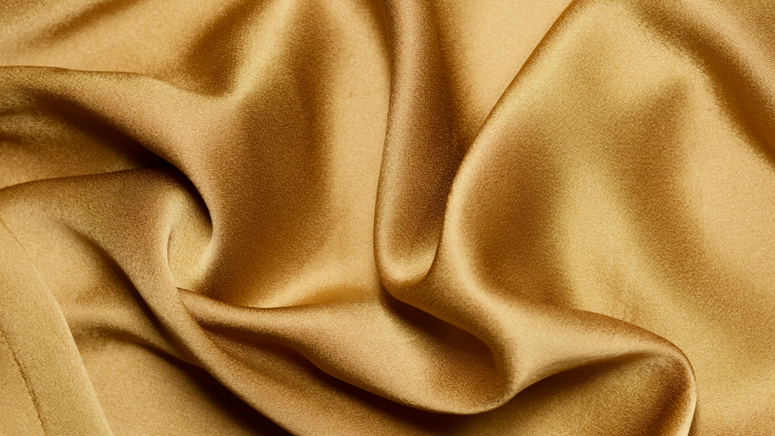
What makes Mulberry silk special starts with those silkworms. It's specifically the Bombyx mori species, which are fed an exclusive diet of mulberry leaves. That controlled upbringing results in long, unbroken fibers that are finer and more uniform than what you’d get from wild silks. I’ve read that the threads can stretch up to a kilometer from a single cocoon. That's crazy, right? That’s why it feels so sleek and strong. I’ve got a Mulberry silk dress that’s been with me for years, and it still drapes like it’s brand new, with this natural luster that catches the light just enough to turn heads without trying too hard. According to The Textile Institute, this type accounts for the lion’s share of silk production that around 90%. And As reported in Textile Exchange’s Preferred Fiber & Materials Market Report 2023, Mulberry silk dominates global silk output due to its consistency and fiber length, making up approximately 87-90% of global production. Because its consistency makes it a dream for weaving into everything from delicate blouses to buttery-soft bedding.
Tussah silk
It comes from wild silkworms munching on oak or juniper leaves, which gives it a coarser, less polished texture. I snagged a Tussah silk jacket from a secondhand shop once, and its slightly gritty feel and warm, honeyed tone made it a favorite for casual days.
(PIC From PIN)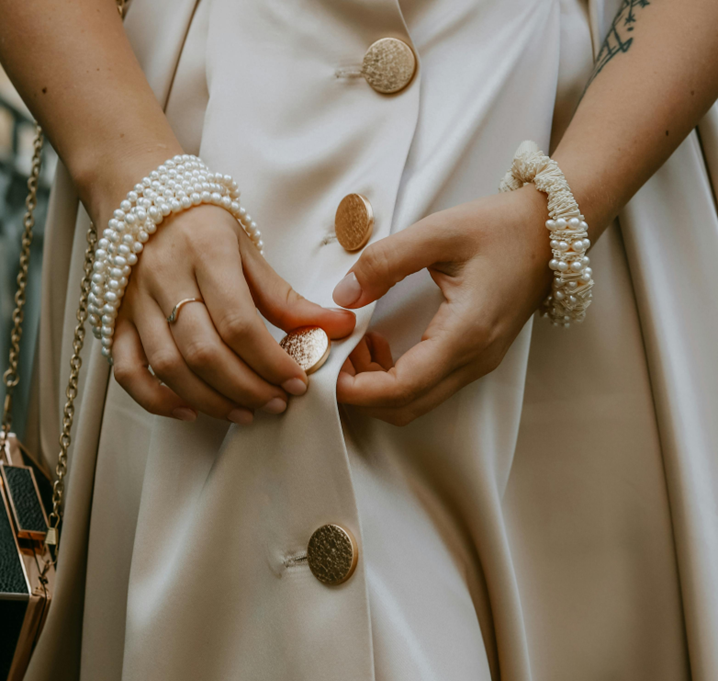
Unlike the Mulberry silk, the tussah comes from a variety of wild silkworms. It's often Antheraea species that feast on oak, juniper, or other forest leaves instead of a mulberry-only diet. A piece on Encyclopedia notes that its wild roots mean shorter, more varied fibers, lending it a natural, earthy look that’s less about sheen and more about grit. This gives the silk shorter, less uniform fibers, which is why it’s got that coarser, almost rustic feel. A deep dive on World Atlas explains that its natural color ranges from creamy beige to deep gold, thanks to the tannins in those wild leaves, and it’s rarely bleached as heavily as its domesticated cousin, keeping that earthy character intact.
Eri silk
It’s softer and less glossy than Mulberry, with a woolly vibe, and the silkworms get to emerge from their cocoons—no harm done. I’ve got an Eri silk shawl that’s become my cozy companion on brisk nights, and it feels good knowing it’s ethical. Good On You calls it “peace silk,” highlighting how it’s harvested after the moths leave, making it a sustainable pick especially big in India’s Northeast. According to the Central Silk Board of India, Eri silk is primarily produced in Assam and Meghalaya, where traditional methods support rural livelihoods and protect moths from harm.
(PIC From PIN)
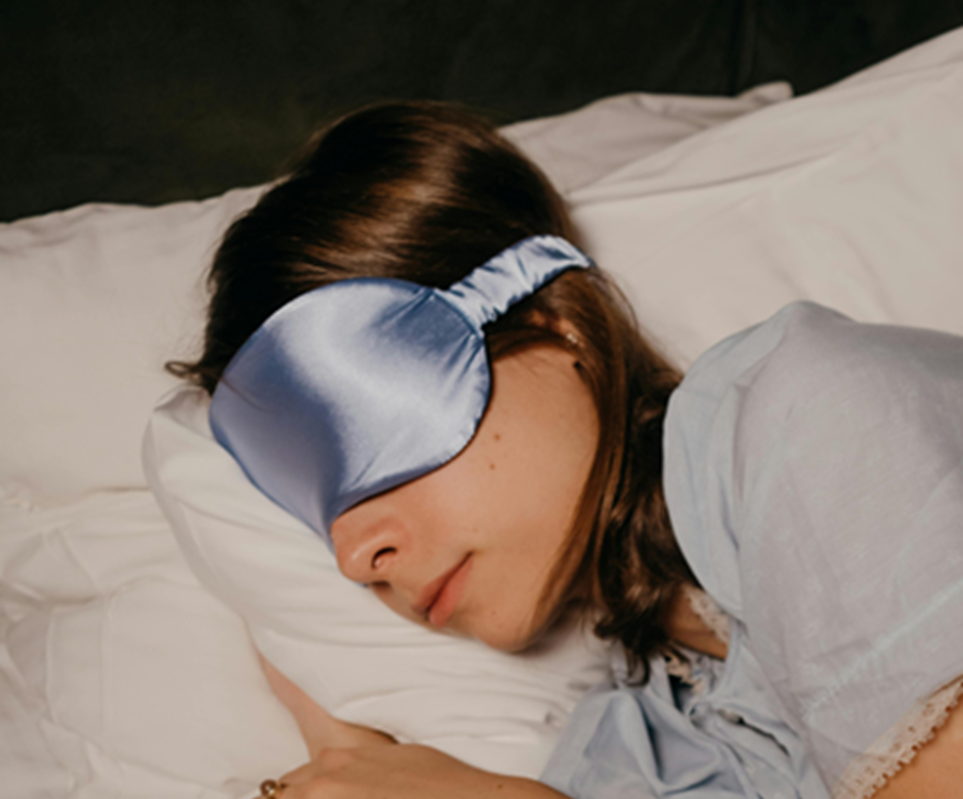
Eri silk comes from the Samia ricini silkworm, a species raised by and large in India’s Northeast, in which it munches on castor leaves as opposed to the mulberry weight loss program of its fancier relatives. Unlike other silks, the cocoons aren’t boiled with the worms internal. Here, the moths are allowed to emerge evidently, leaving at the back of an open-ended cocoon that’s then spun into thread. That manner gives Eri a wonderful texture: less sleek, greater matte, with a fluffy, barely choppy end. A feature from Linkedin highlights how this technique makes Eri a standout for moral fashion, with its manufacturing assisting rural groups in places like Assam.
(PIC From PIN)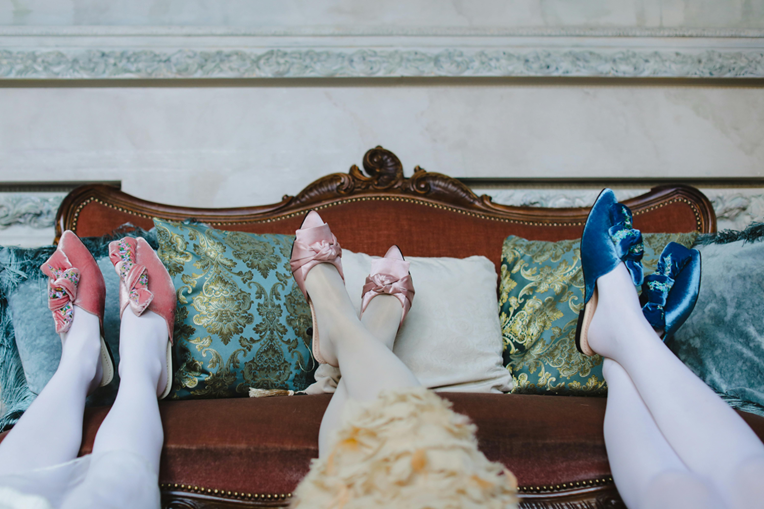
The practical side of Eri silk is just as compelling. It’s naturally durable that those thicker, shorter fibers hold up to wear better than you’d think for something so soft. I’ve tossed my shawl over my shoulders for everything from evening walks to curling up with a book, and it’s never pilled or frayed. It’s breathable too, though not as airy as Mulberry; it’s more about steady comfort than breezy lightness. And since it’s hypoallergenic. Bceause free of the lanolin or heavy processing some fabrics lean on that's been a gentle friend to my sensitive skin. The catch? It doesn’t take dye as vibrantly as other silks that’s a natural creamy beige. But that muted palette has its own charm, like a blank canvas with personality.
3. The Environmental Impact of Silk Production
Silk always struck me as this delicate, almost otherworldly fabric until I got a firsthand look at what goes into it. A couple of years ago, I tagged along with a friend to a silk-weaving demo at a local craft fair, where a woman with a quiet intensity showed us how cocoons became threads. She unraveled one right there, steam rising from a small pot, and offhandedly mentioned the gallons of water and heat it takes to get just a handful of silk. That stuck with me, flipping silk from a simple luxury to something with a real environmental story. One that’s eco-conscious in some ways, but shadowed by trade-offs I hadn’t expected.
(PIC From PIN)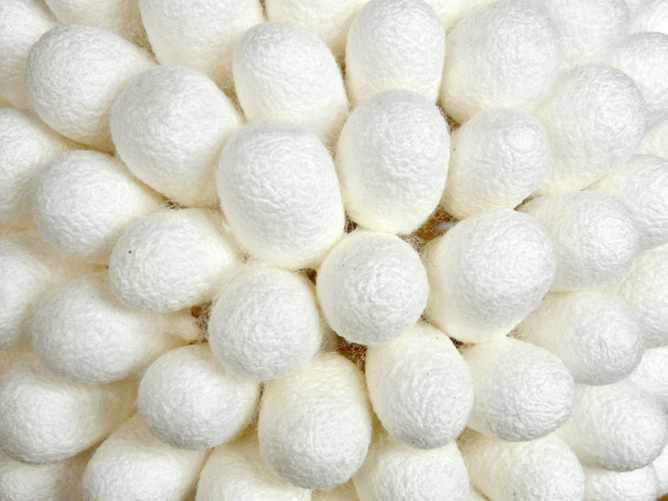
The pros are where silk shines at first glance. It’s renewable, because silkworms keep spinning as long as they’ve got leaves to munch. And biodegradable, breaking down naturally instead of haunting landfills like synthetic stuff. In contrast to synthetic fibers like polyester, which can take up to 200 years to decompose, according to Earth.org, natural silk breaks down in just 1 to 5 years under composting conditions that making it a smarter long-term choice for sustainability. Mulberry trees, the main food for most silkworms, grow with minimal pesticides or fertilizers, which feels like a nod to a cleaner planet. It’s the kind of thing that fits a slow-fashion mindset what is buying quality that lasts. A piece from Earth.org explains how this natural cycle gives silk an edge over fossil-fuel fabrics. A 2023 study by Fashion Revolution encourages consumers to choose biodegradable and ethically sourced materials like Ahimsa silk, citing its reduced impact on ecosystems and animal welfare.
But the cons pile up fast when you look closer. A report from Water Footprint Network shows that silk can require up to 10,000 liters of water per kilogram, factoring in irrigation for mulberry trees and boiling of cocoons. The boiling process to loosen those threads guzzles energy, often from coal or gas in big silk countries. And the ethical sting? Most silk comes from killing the silkworms inside their cocoons that thousands of them for a single shirt. I felt that twist in my gut reading a breakdown on Good On You, which tallies up silk’s water, energy, and moral costs. So it’s a reality check every time I glance at my silk stash.
(PIC From PIN)
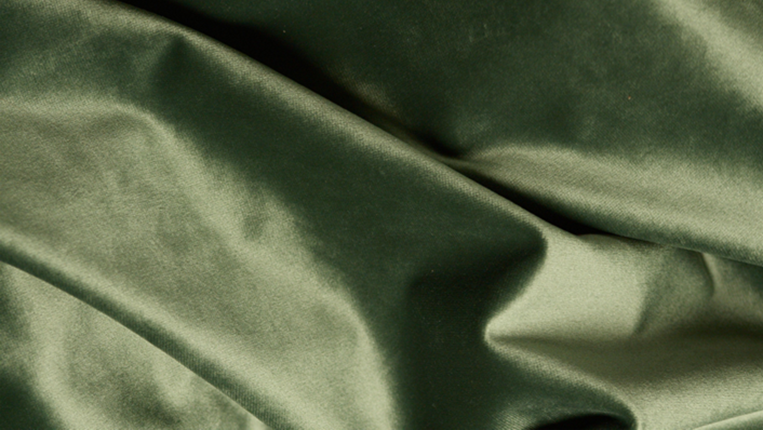
There’s progress, though, and it’s what keeps me from ditching silk altogether. Ahimsa silk, sometimes called “peace silk”, lets the moths hatch before harvesting, skipping the slaughter. It’s less common and the threads are shorter, but it’s a growing niche. Organic farming’s picking up too, cutting out chemicals in mulberry groves. I nabbed an Ahimsa silk scarf after spotting it on our eco-friendly web which named vugstyle. It’s not as glossy, but it feels like a small win for sustainability. The woman at the demo even hinted at some farms testing solar power to ease the energy load. It’s not the norm yet, but it’s a glimmer of hope.
Silk’s story isn’t perfect that craft fair demo showed me its beauty comes with a cost. But compared to most luxury materials, it’s a standout for doing less harm. So, next time you’re eyeing something special, go for silk. Maybe an Ahimsa piece or an organic one. That cocoon simmering in the pot still haunts me a little, but it’s also a push to pick silk over the alternatives and support a fabric that’s trying to get it right.
4. Q&A of the Silk Fabric
Q1: How to wash silk?
A1: Oh, washing silk is simpler than you’d think. Remeber just don’t treat it like a gym shirt! I usually fill a basin with cool water, add a tiny drop of gentle detergent like baby shampoo or something made for delicates. Then let it soak for a few minutes. Swish it around softly with your hands, no scrubbing, then rinse it under cold water until the soap’s gone. Air-dry it flat or hang it out off the sun, and it’s good as new. Per OEKO-TEX guidelines on silk care, silk garments should always be hand-washed with pH-neutral soap and dried away from sunlight to preserve fiber integrity. I learned the hard way that hot water or a washing machine can turn it into a sad, shriveled mess, so I stick to this gentle routine now.
(PIC From PIN)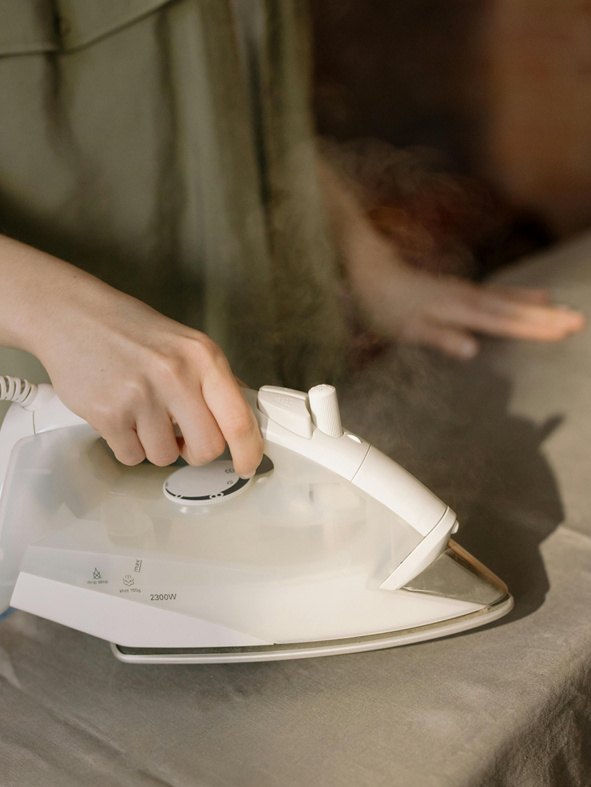
Q2: How to get wrinkles out of silk?
A2: Wrinkles on silk can be annoying, but I’ve got a fix that works like a charm. I hang the piece in my bathroom while I take a hot shower. Then the steam smooths it out without much effort. If I’m in a rush, I’ll use an iron on the lowest heat setting with a thin cloth between it and the silk to keeps it safe from scorch marks. I wrecked a shirt once going too hot. So trust me, low and slow is the way to go!
Q3: Is satin the same as silk?
A3: Nope, they’re not the same, though I totally get why people mix them up! Silk’s a natural fiber spun by silkworms, while satin’s just a weave style that can be made from silk, polyester, or whatever. Silk scarf feels alive and breathable; the satin one is glossier but kind of plasticky since it’s synthetic. Silk’s the real deal that satin’s more like a flashy impersonator.
(PIC From PIN)
Q4: Can you steam silk?
A4: Yep, you can totally steam silk and it’s my go-to for freshening things up! I use a handheld steamer, keeping it a few inches away so the fabric doesn’t get drenched. It smooths out creases and perks it up without the risk of an iron. I’ve steamed my silk dress before a party and it looked perfect, but just don’t overdo it, or it might feel damp for a bit. Works like magic if you’re gentle!
Q5: Is silk breathable?
A5: Oh, absolutely! It’s why I love it in summer. My silk blouse keeps me cool when it’s sticky out, letting air flow through. It’s like it knows what your skin needs. I’ve worn it on humid days and never felt smothered. And beats a lot of heavier fabrics hands down.
(PIC From PIN)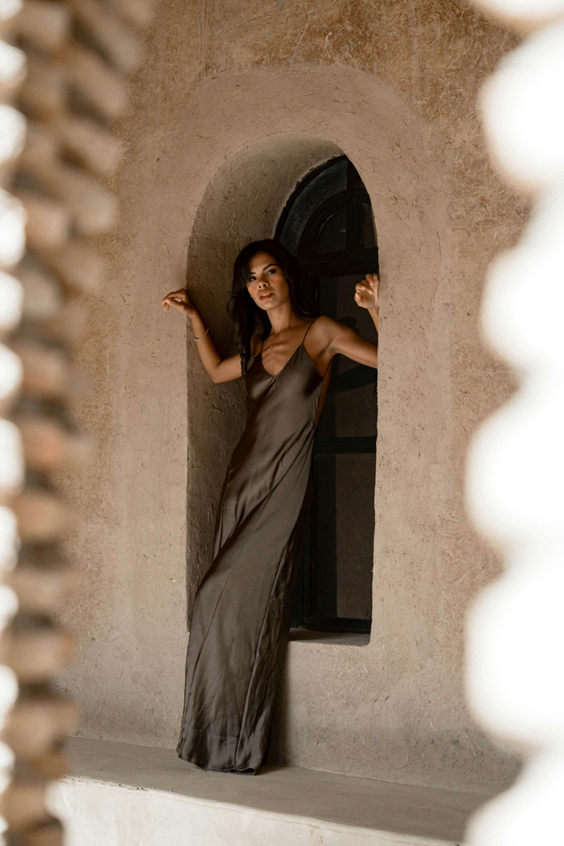
5. Silk Fabric Representative Products
Silk’s got this way of slipping into your life. Sometimes it’s a quiet comfort, other times it’s a bold flex and I’ve fallen hard for how it shows up in the things I wear every day. It’s not just about luxury; it’s about how it feels like a secret weapon, making the ordinary feel special. Silk-crafted pieces inherently offer exceptional comfort. Below are my top three must-have silk essentials that not only amplify your outfit's standout features but elevate your entire aesthetic with understated luxury.
Dress
A silk get dressed is a need to-have, celebrated for its fluid drape and featherlight experience. That softness hugs the body with out inflammation, thanks to its clean floor that skips the itch of coarser fabric, whilst its breathability keeps you cool in summer season and comfy while layered in iciness. The natural luster adds a cultured polish to simple cuts like slips or shifts. Style it with a tailored blazer and loafers for a crisp workplace appearance, or move naked with strappy heels for evening. Its temperature-regulating nature manner you’re cushty from sunrise to nightfall. Silk’s longevity makes the get dressed a chunk you’ll hold for years, mixing practicality with that pricey ease.
Recommend 01: Maison Margiela - Silk midi dress
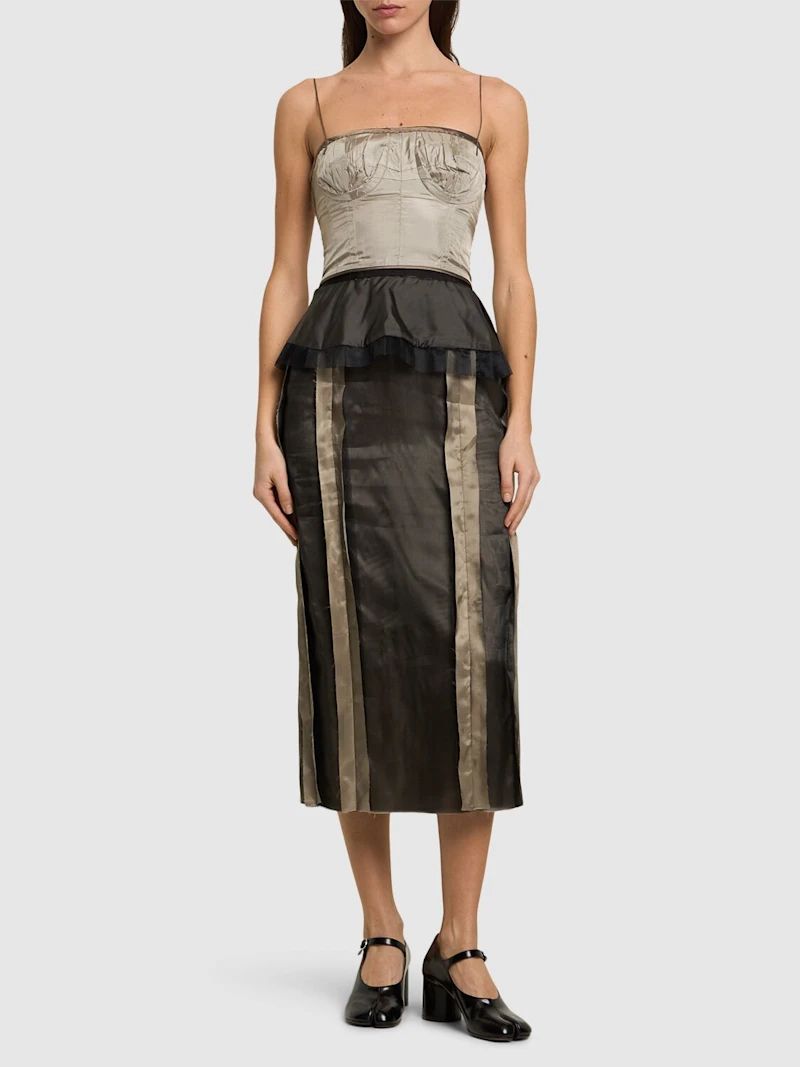
Recommend 02: Max Mara - Opera one-shoulder silk satin gown
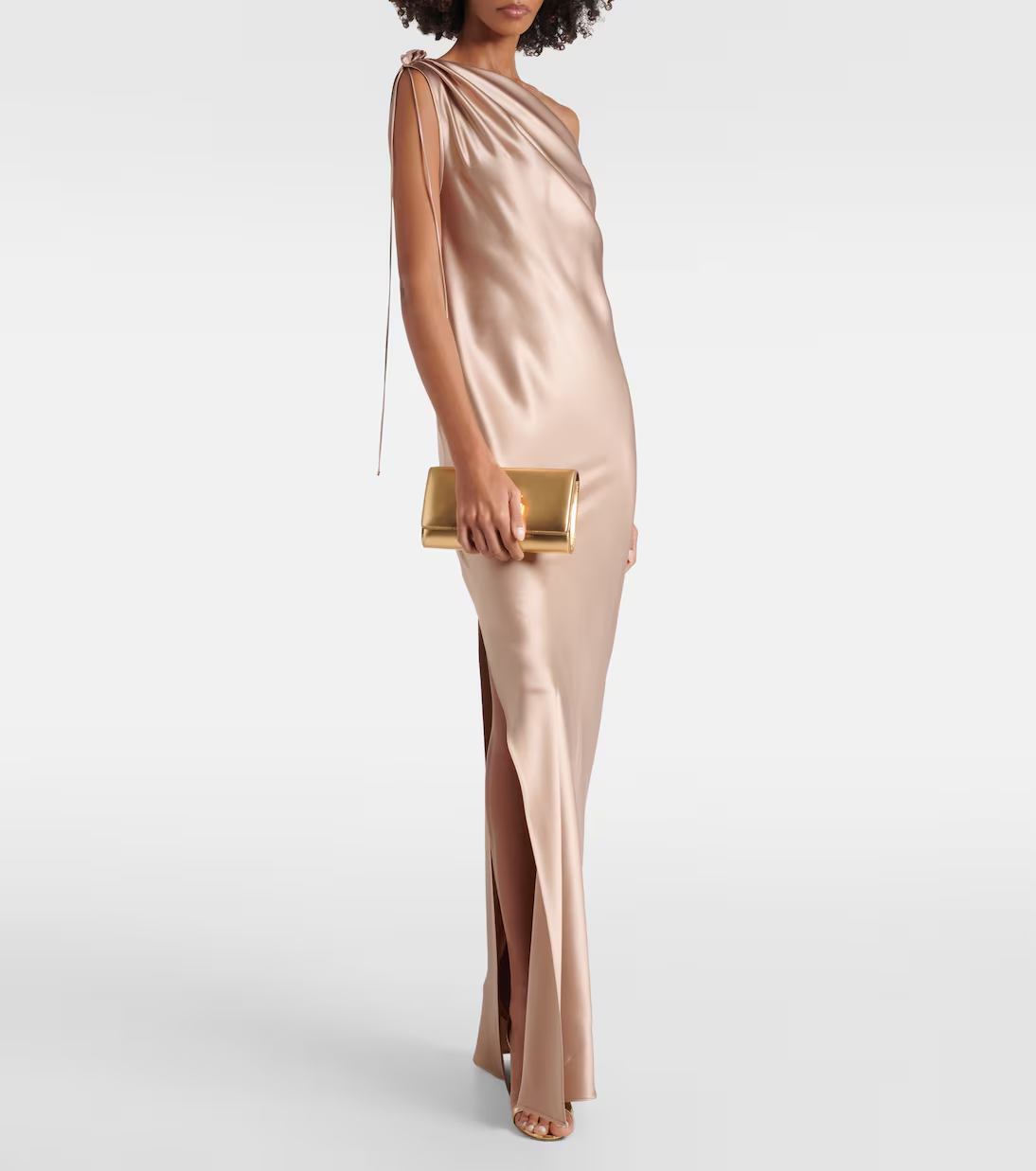
Pants
Silk pants are a styling favorite, regularly reduce in huge-leg or comfortable suits to focus on the fabric’s flowing texture and inherent comfort. That softness, paired with a hypoallergenic quality that soothes touchy pores and skin, makes them perfect for all-day wear with out chafing. They resist odors too, reducing down on washes. Pair them with a crisp button-down and pointed-toe apartments for a sleek professional outfit, or a fitted knit top with ankle boots for informal cool. And silk’s consolation continues them wearable, its polish continues them nevertheless nice.
Recommend: KENZO - Kenzo Pants with floral pattern
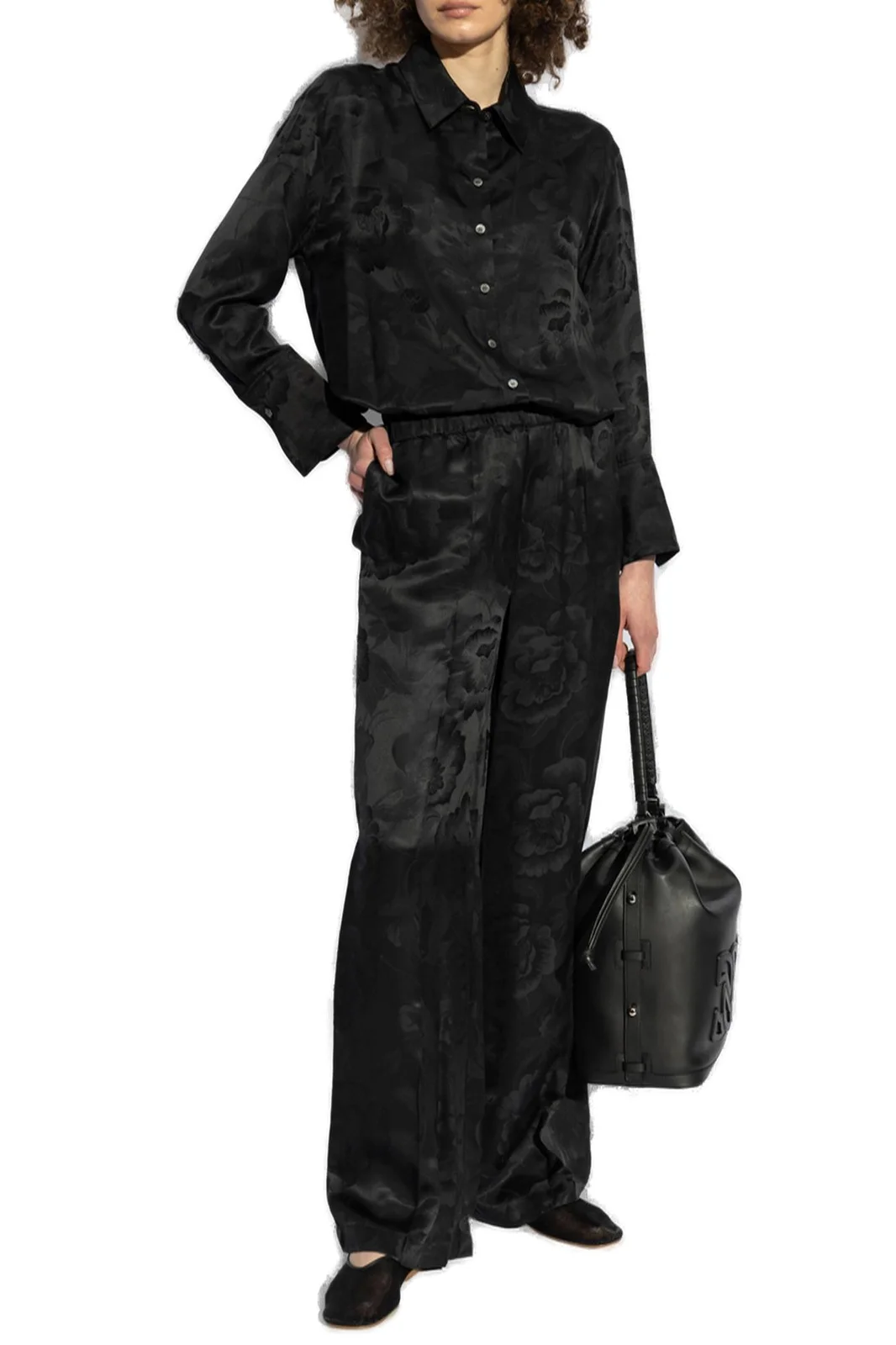
Shoes
Silk shoes, think ballet flats or low mules, bring the fabric’s comfort to your feet, a detail often overlooked in fashion. Built with silk over a structured base, they mold to your shape with a plush, irritation-free fit, thanks to silk’s naturally smooth fibers. The fabric’s durability holds up to daily steps, and its soft glow adds quiet sophistication. Style them with tailored trousers and a silk blouse for a cohesive luxe look, or balance a bold dress with their subtlety. It's comfort and chic in every stride.
Recommend 01: The Row - 10mm Awar satin ballerina flats
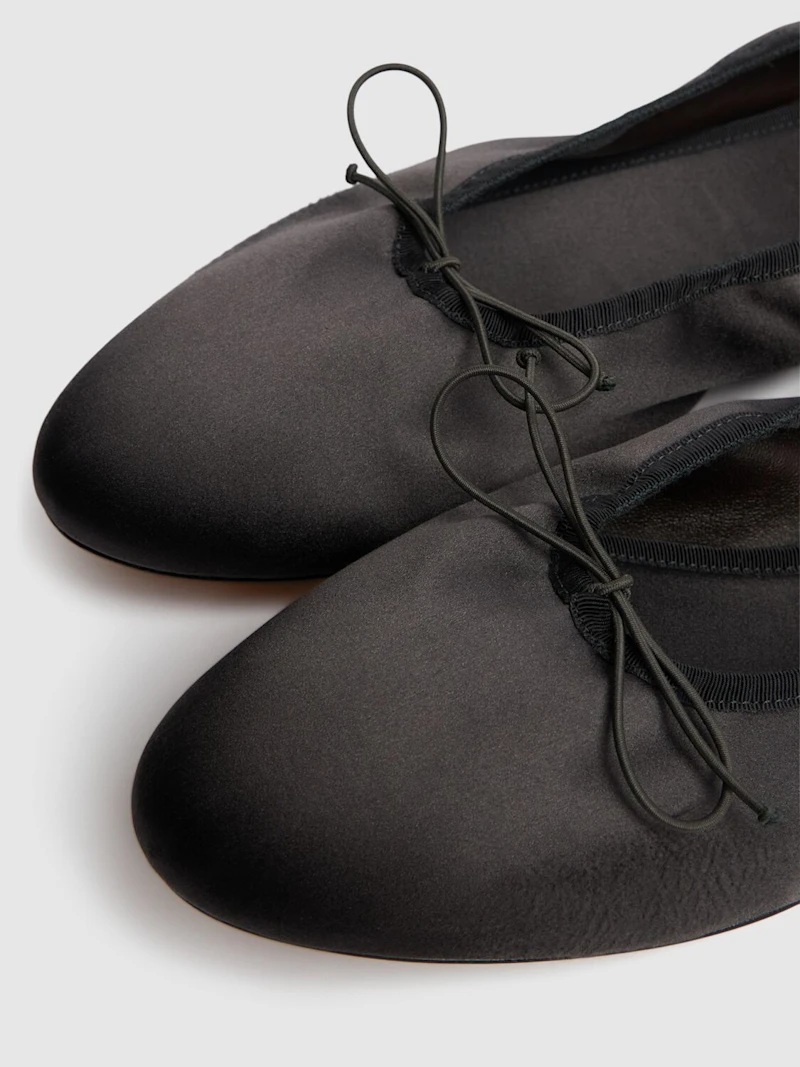
Recommend 02: Max Mara - 45mm Satin slingback pumps
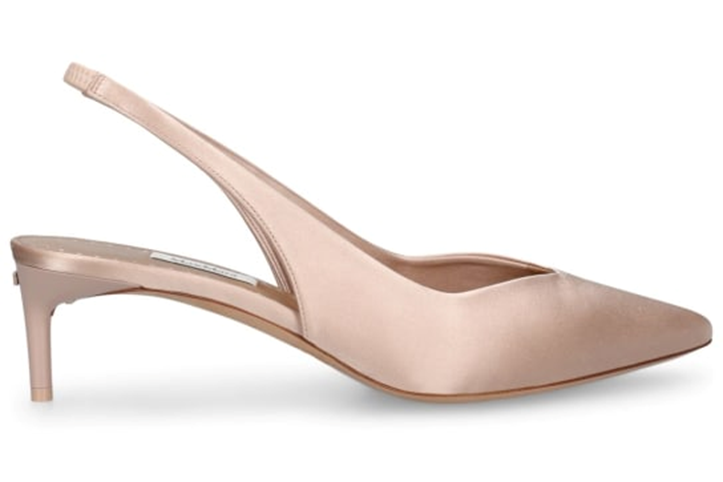
6. My Point
Silk’s more than a fabric to me now. And it’s a quiet thread that’s woven itself into my days. That’s silk’s magic: it’s warm, versatile, shifting from sleek Mulberry to tough Tussah, and gentler on the earth with options like Ahimsa. It’s not flawless that takes water and care. But it’s real. From washing it gently to styling it into dresses or shoes, I’ve learned it’s worth the effort for how it feels.